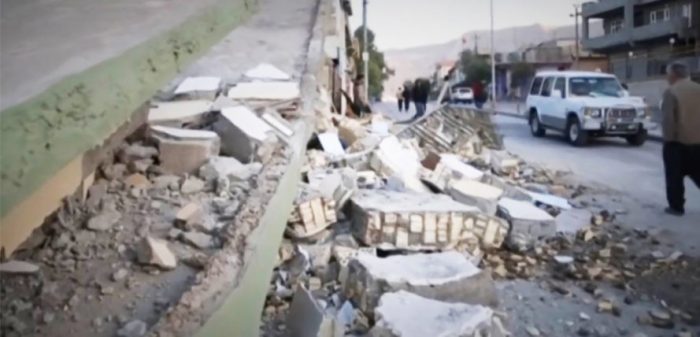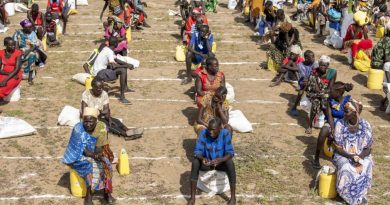Iran-Iraq Earthquake Leaves Hundreds Dead, Thousands Injured
By Gabrielle Goldworm
Staff Writer
On November 12, a 7.3 magnitude earthquake struck near the Iran-Iraq border, injuring over 7000 people and killing over 500 more. The earthquake sent out seismic shockwaves, reportedly reaching as far as Lebanon, Israel, and Turkey. News outlets such as the New York Times and the Washington Post are calling it “the deadliest earthquake of 2017”.
Though Iran declined any official foreign assistance, humanitarian efforts began almost immediately after the earthquake, with the World Health Organization and Turkey’s Disaster and Emergency Management Authority (AFAD) assisting hundreds in the aftermath. Iran’s supreme leader, the Ayatollah Ali Khamenei expressed his condolences and ordered government agencies to assist in the rescue and aid operations, according to a report by the Washington Post.
Despite the aid currently being provided, hardline media sources are reportedly skeptical of Iranian President Hassan Rouhani’s pragmatist government’s slow response to the crisis when compared to the aid provided by the Revolutionary Guards, according to a Reuters report. Indeed, the crisis has reportedly opened up a new battlefield for Iraq’s ruling elite, with media outlets allied to Rouhani’s rivals printing reports of earthquake victims still in dire need of aid. Several outlets accused the government of failing to learn from the Bam earthquake, which killed over 31,000 people in 2003, according to Iranica Online.
Rouhani’s allies have stated that the reports are an attempt to discredit him by those who oppose the President’s attempts to “boost the economy by improving Iran’s relationship with the outside world.” Meanwhile, Reuters reports that the Ayatollah has called on state agencies to speed up their humanitarian efforts, and on November 14 stated, “this disaster is a test for authorities to perform their duties.”
Several semi-official hardline sources highlighted the role of the Revolutionary Guards, an elite force loyal to the Ayatollah and the affiliated Basij militia group in helping the survivors of the earthquake. The Revolutionary Guard, IRGC, who also runs a business empire in Iran, have frequently criticized Rouhani for failing to improve the Iranian economy, even after sanctions against the country were lifted in 2015.
Since the earthquake, concerns have arisen about the amount of seismic activity in the region. Seismologists believed the earthquake “resulted from the pressure built up between the colliding Arabian and Eurasian plates of the Earth’s crust,” according to the San Francisco Chronical, but agreed that there was a high likelihood of more activity in the region.
Seismologists are well aware of many active fault lines along the Zagros Mountains, which have caused over 25,000 earthquakes over the last 11 years, but the vast majority of these have been very small, and the fault that caused the November 12 earthquake has yet to be identified.
Historically, earthquakes have been very costly for Iran, with poor infrastructure being the number one cause of fatalities during and in the aftermath of heavy seismic activity. In the 1990’s and again in 2003, the vast majority of causalities stemmed from collapsing buildings.
On November 30, CNBC reported another earthquake, with a magnitude of 6.0, struck southeastern Iran. The extent of the damage is still unclear, but one thing is; the earthquakes are likely to continue, and Iran, Iraq, and the international community will have to prepare themselves to deal with both the literal and metaphorical aftershocks.


